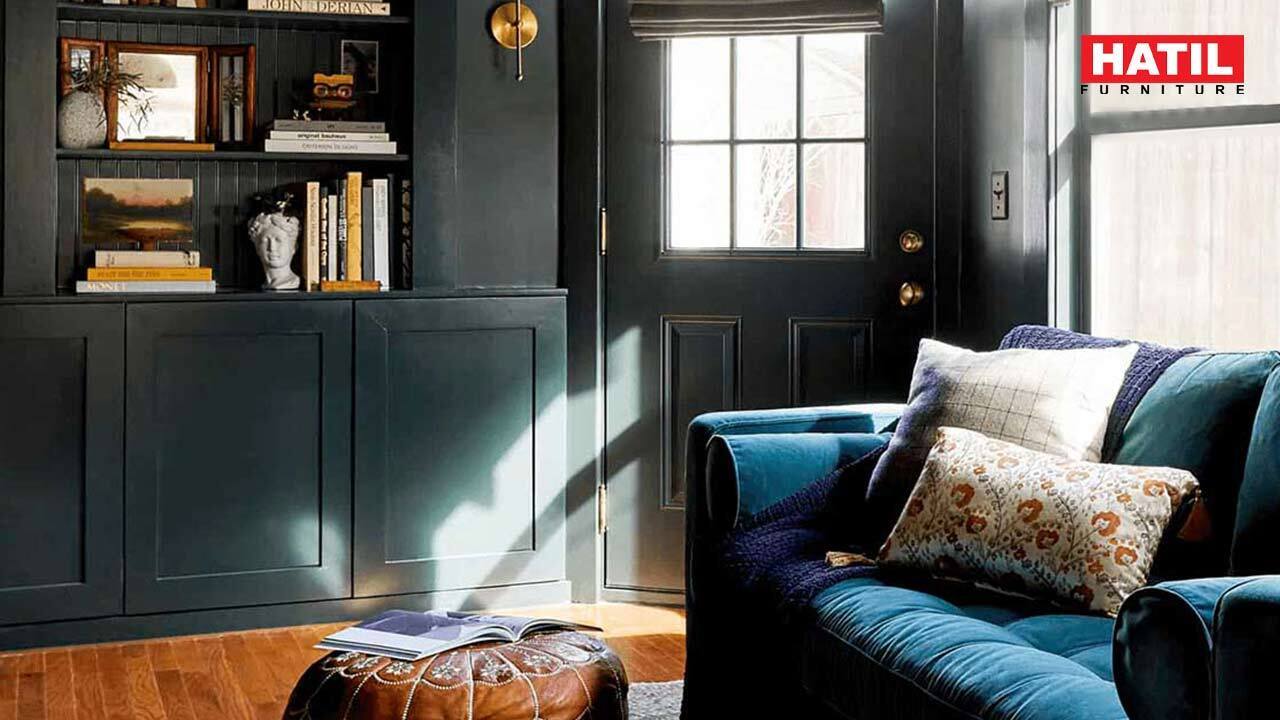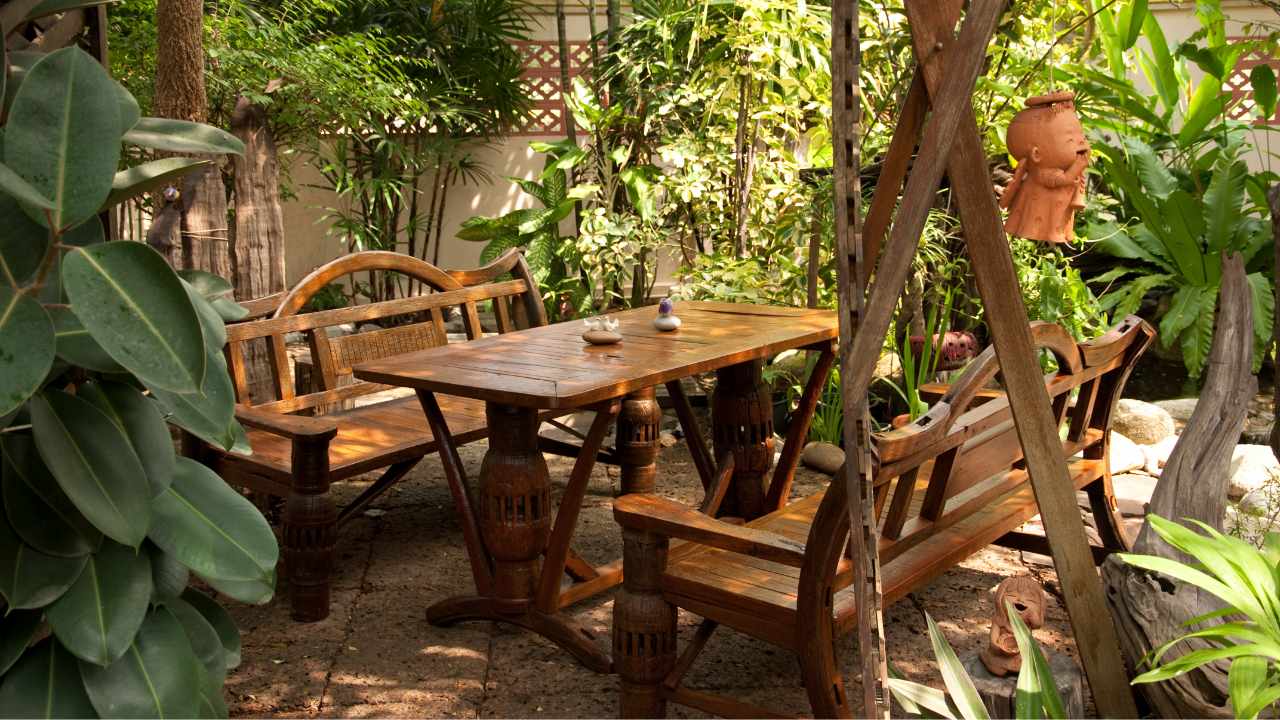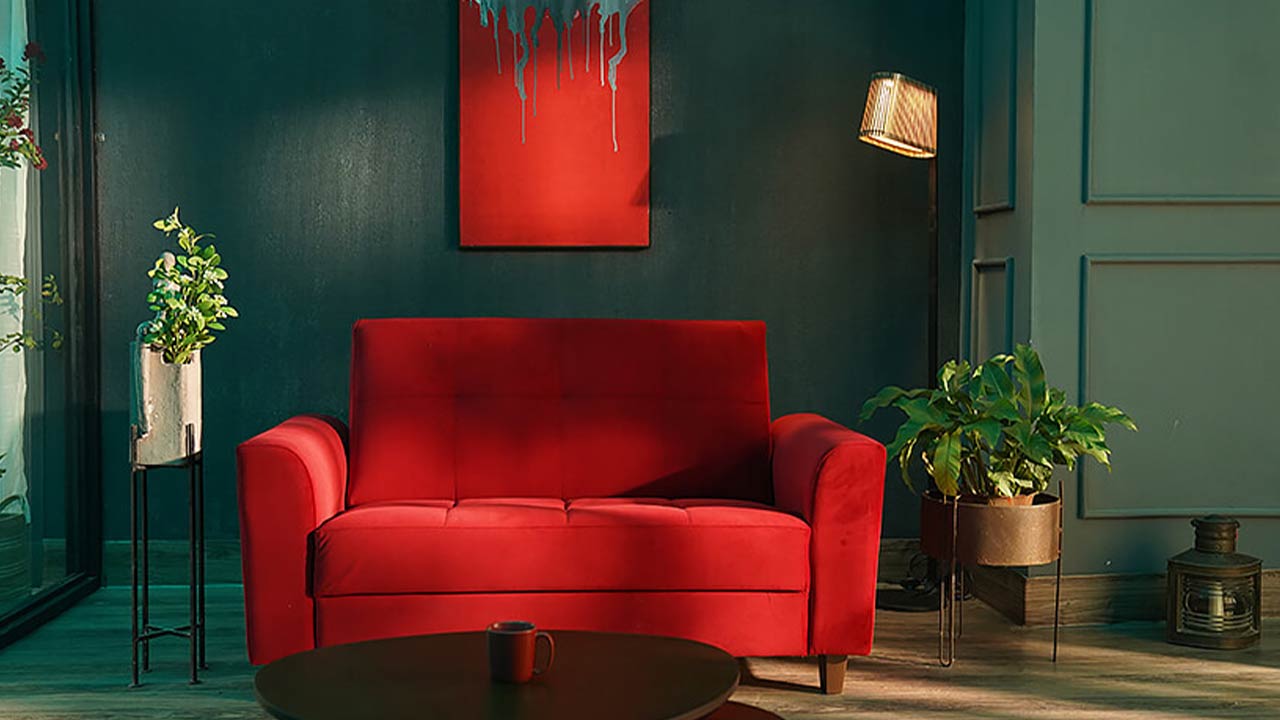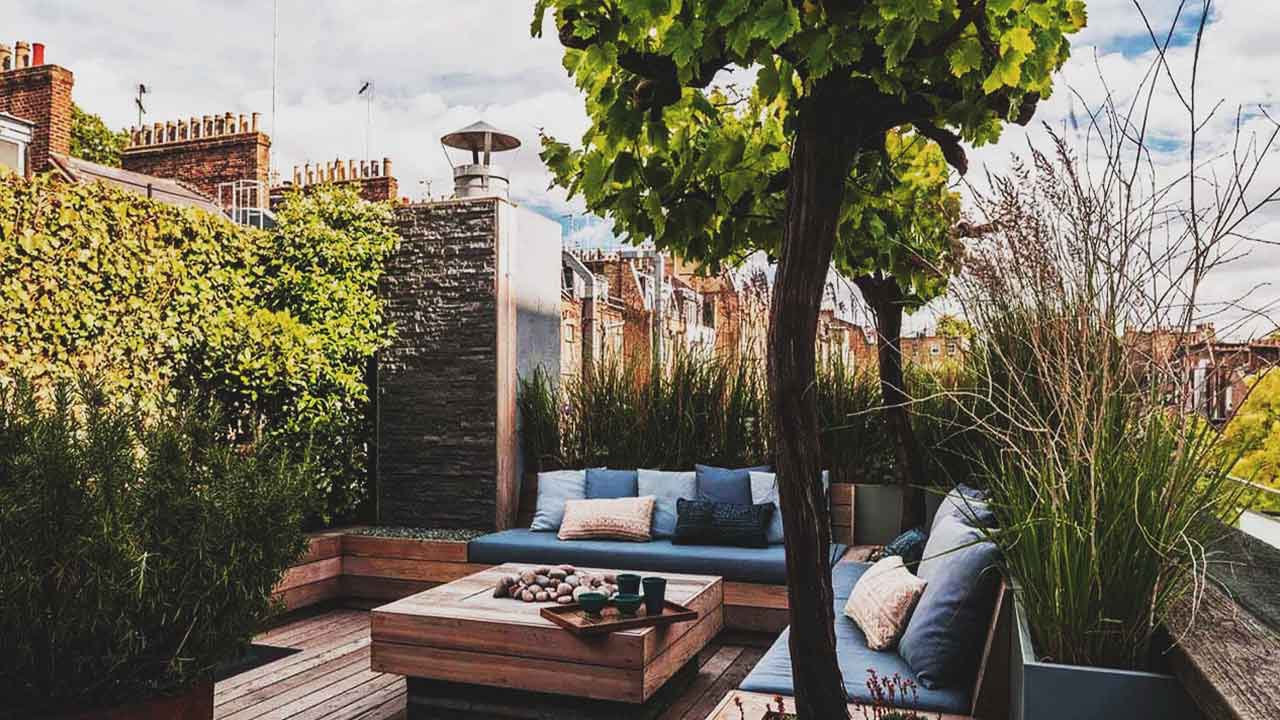Bangladesh is a culturally rich country and history of Bangladeshi furniture design is also an integral part of that heritage. From traditional wooden furniture to modern and contemporary design, Bangladeshi furniture has evolved over the years and blended with both local and international influences. The development of furniture design in Bangladesh is a reflection of the country’s colonial past, traditional crafts, and contemporary design landscape. With the influence of British colonial rule and the use of traditional material with unique Victorian techniques, the emergence of modern furniture in Bangladesh can be traced back to the late 19th century.
Over the years, Bangladeshi furniture designers have evolved to incorporate modern design trends and sustainable materials, however, they are still maintaining their cultural identity. Understanding the development of Bangladeshi furniture design is a significant thing because it may shed light on the country’s rich cultural and artistic legacy and serve as inspiration for upcoming generations of designers.
Early History Of Bangladeshi Furniture Design
The early history of Bangladeshi furniture design dated back to a couple of centuries back. In the ancient and medieval periods, furniture design in Bangladesh was heavily influenced by local materials and craftsmanship. Terracotta art, portraits of gods and goddesses, temple paintings, sculptures, wood, and ivory work were all common features found in furniture of this era.
The types of furniture used during the Mughal era varied widely. Wooden takhtposh, which were used as beds, was a popular item of furniture. These were often decorated with intricate carvings and designs. Rattan or bamboo wraps were also common, often used to create chairs or other seating arrangements.
Other types of furniture commonly found during this period included striped shatranji made of coarse cotton cloth, long furs made of cotton cloth, sitting water jugs, hand-woven high-quality and relatively low-quality rugs, various types of thick mats, wooden sitting stools, and jute. These items were often made by local artisans using traditional techniques, and incorporated elements such as weaving, carving, and embroidery.

Later during the British reign, British officials and wealthy locals commissioned furniture makers to produce pieces in the British style. As a result, many early Bangladeshi furniture designs had a distinctly colonial aesthetic, with elements such as ornate carvings and heavy use of wood. However, back then, the use of traditional materials and techniques played such a significant role in Bangladeshi furniture design.
Craftsmanship and woodworking were valued skills in the region, and local artisans often incorporated elements such as cane and bamboo into their furniture designs. These materials were not only readily available in the region but also provided a lighter and more flexible alternative to the heavier and more expensive materials used in British-style furniture.
Development Of Modern Bangladeshi Furniture Design
The development phase of modern furniture in Bangladesh started with British rule. Following the people from the higher strata of society, the middle class and below have since become interested in using other furniture in the house apart from beds and chairs-tables. A lot of art institutes were established in the Indian subcontinent at that time, teaching different cultures and arts.
When different experts in designing started working with new materials and designs and introduced more engaging design techniques and styles to the country that led to a fusion of traditional and modern design elements in Bangladeshi furniture. Scandinavian and European design trends influenced the development of modern Bangladeshi furniture design. Also, In the 1980s, the widespread use of steel furniture began along with wood and bamboo. Within a few years, they were used alongside other furniture in offices and workplaces.
However, the use of steel and aluminum to make household furniture began after the partition of India in 1947. Back then, new designs and local construction techniques were incorporated into steel furniture and its use increased rapidly. Bihari artisans have inherited skills in making steel chests, cupboards, shelves, etc.
 A significant part of the current Bangladeshi furniture structure is the utilization of feasible and eco-compliant materials. With a universally expanding consciousness of ecological issues, Bangladeshi furniture makers have started to consolidate maintainable materials like bamboo, jute, and reused wood into their plans.
A significant part of the current Bangladeshi furniture structure is the utilization of feasible and eco-compliant materials. With a universally expanding consciousness of ecological issues, Bangladeshi furniture makers have started to consolidate maintainable materials like bamboo, jute, and reused wood into their plans.
This supports the nearby economy as well as adds to lessening fossil fuel byproducts, resulting in reducing carbon emissions. Besides, current technology has also played a significant role in the development of Bangladeshi furniture design. With the growth of the IT Industry in Bangladesh, furniture designers now can access further advanced tools and techniques that weren’t available earlier.
This advantage has enabled them to create more innovative designs that are both functional and aesthetically pleasing. Needless to say, such progress has also brought international recognition to Bangladeshi-made furniture. As Bangladesh presently exports furniture to various countries including India, the US, Japan, Spain, South Korea, Canada, Norway, France, Saudi Arabia, Qatar, and the UK.
Contemporary Bangladeshi Furniture Design
In recent years, the Bangladeshi furniture industry has been rapidly growing and it has been focusing on modern aesthetics and eco-friendly, and sustainable designs. The furniture industry in Bangladesh has been experiencing significant growth, with increasing demand for locally-made furniture.

Hatil is one of the leading furniture manufacturing companies in Bangladesh that has been actively promoting the standard of traditional and cultural design. Founded in 1989, Hatil is known for its innovative and minimalistic designs, high-quality production materials, and profound craftsmanship.
Hatil has invested heavily in modernizing its production processes and has incorporated technology to improve efficiency and quality. They have been also making eco-friendly and sustainable furniture by using recycled materials. Hatil Furniture is a major player among 16 members of the Bangladesh Furniture Exporters Association (BFEA) that export furniture to different countries.
So, Hatil is not only playing locally but also making international moves by exporting furniture and opening outlets in big cities abroad.
Hatil’s Contribution To Bangladeshi Furniture Design
For a long time, the Bangladeshi furniture industry has faced challenges, including a lack of organized support, limited access to modern tech, and competition for affordable materials. These challenges used to make it difficult for local designers to compete on a global scale. However, Hatil has been working to overcome these obstacles since its inception. Hatil has invested in modern technology and has created a design studio to support local designers. The company has also been involved in training programs to develop the skills of local artisans.
Despite these efforts, the challenges still existed back then. For example, earlier, the Bangladeshi furniture industry was heavily dependent on traditional wood-crafting techniques, due to which, it was difficult to produce furniture quickly and efficiently. However, manufacturers are now investing in modern technology and adopting new techniques to overcome these challenges.
Another major challenge facing the industry is competition from cheaper imports. However, Hatil has overcome these challenges by focusing on producing high-quality, innovative products for both local markets. The company has been also exporting its products to various countries initiatives, which has helped to expand the furniture market for Bangladesh.
Wrapping Up
While traditional designs continue to hold an important place in Bangladeshi culture, modern furniture designs are gaining popularity among current generations. Modern sleek and minimalistic designs often incorporate local materials and sustainable practices, making them both convenient, aesthetically pleasing, and environmentally friendly. Furthermore, the changes in the design also brought significant economic impact by offering employment opportunities for thousands of people and earning export money.





